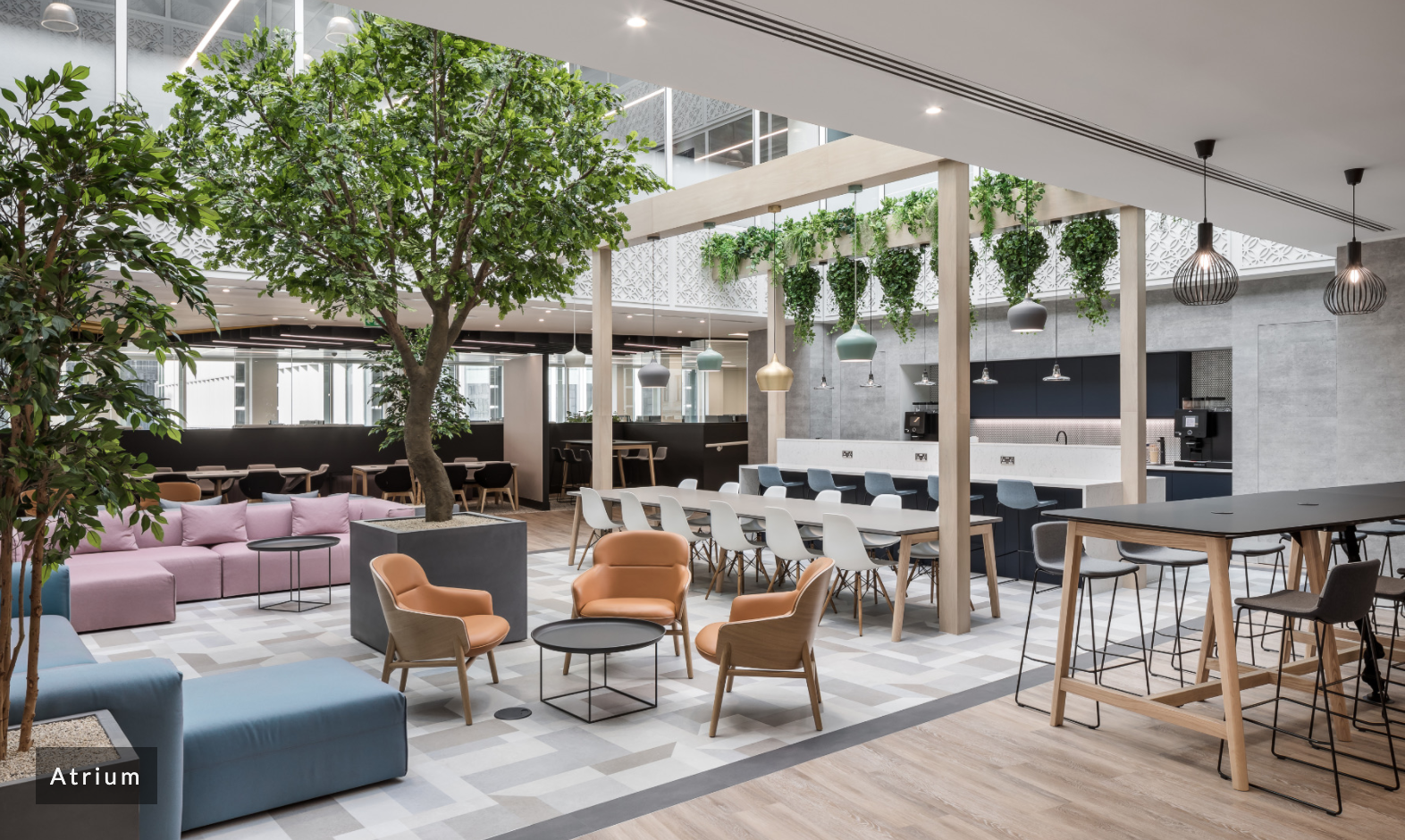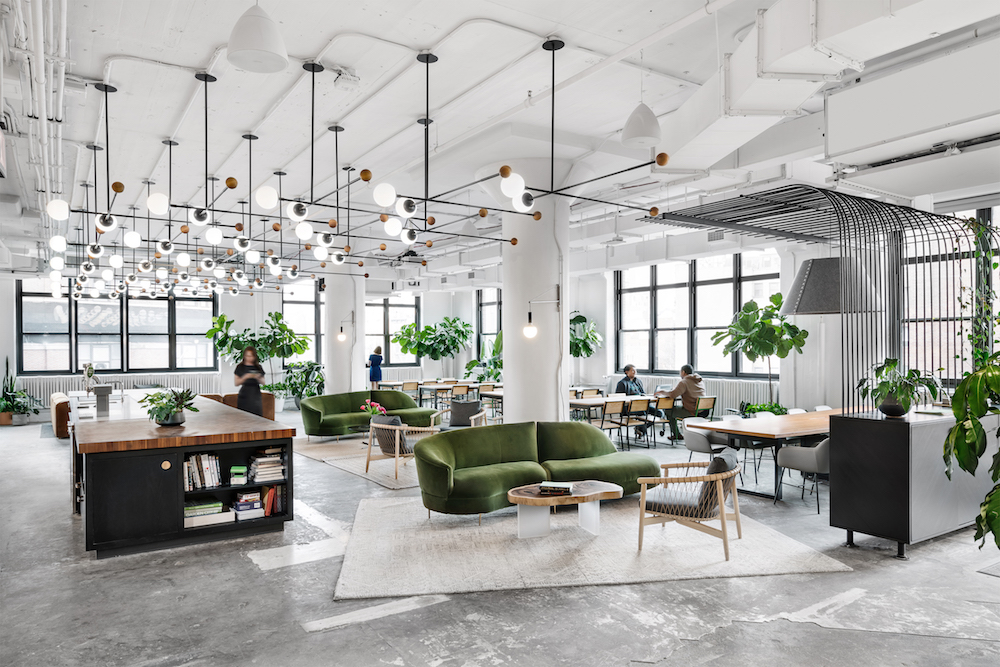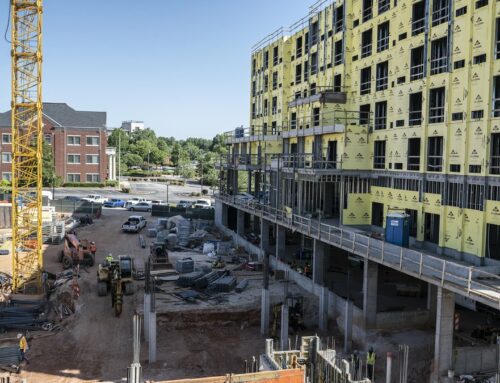As Gainesville prepares to moves into the next year, the office market is facing strong market fundamentals. Offices in Gainesville in 2022 had a vacancy rate of 5.5 % with healthy investment sales activity and slow acceleration in rent growth (2.6%). However, at both the local and national level, the office sector is preparing to undergo a major market shift due to the emergence of hybrid workplace trends. This shift is a result of the pandemic and generation workforce changes amid growing recession concerns, preventing tenants from signing longer term leases and precluding landlords from pushing aggressive rent growth. Office owners can help prepare for these changes by introducing new amenities, being more accommodating to tenant needs, and providing smaller, shorter-term spaces across a wider location.
Understanding Generation Z
Born between 1997 and 2009, Generation Z (or Gen Z) are expected to account for over a quarter of the workforce by 2025. It is important to understand Gen Z’s backgrounds to prepare for future workplace trends and how these trends will affect office space needs.
How Generation Z is Different
Generation Z is very different than previous generations and are a clear break from previous demographics. Markers of their generation include having no recollection of the world without internet, growing up during the Great Recession, and experiencing intense social movements and cultural discussions.
Additionally, they are considered to be the most educated generation, with over half (57%) enrolling in college, compared to 52% of millennials and 43% of Gen Xers during similar timeframes. They are more likely to choose practical fields, with many extremely concerned about future financial security because of their parents struggles during the Great Recession in 2008.
With many using modern smartphones every day since before they could remember, Generation Z has experienced personal customization their entire life with information immediately available at all times.
Today, most entering the workforce are expecting the same from their employers. As Generation Z continues to fill a larger role in the workforce, employers are going to begin to see smarter, more practical applicants looking for customization and flexibility in their positions. This has and will continue to result in a higher desire for more stable, practical jobs with higher tech office spaces that provide opportunities to work from home.
Pandemic Impacts
While hybrid workplaces have been growing the past several years, especially for tech centered fields, the 2019 pandemic pushed this trend into the mainstream. Acting as a catalyst, the pandemic provided the opportunity for firms to learn and perfect virtual tools that allow employees to effectively work from home while providing an alternative to traditional office space costs.
However, while the pandemic is commonly attributed with causing the increase in hybrid workplaces, this belief distorts larger trends and ignores changes that have been happening for decades.
Generation Z has just entered the workforce for the first time in the last five years. For the first time, younger professionals are pushing for hybrid workplaces and placing pressure on recruiters to demonstrate companies are modern.
This tension between generational preferences for virtual and in-person workplaces is already being seen. According to Forture Forume, a research consortium backed by Slack, older executive tend to want their employees to be in the office, citing coordination (54%) and productivity (43%) issues as their main concerns, while also expressing concerns about learning, innovation, and culture.
Hybrid workplaces provide a strong intermediary between these concerns. Younger professionals are able to conduct core individual work on their own time, in the location of their choosing, while coming into the office to coordinate tasks, learn, and innovate with their peers once this work is complete.
Ultimately, the pandemic only acted as a catalyst to force older employers to understand the power of hybrid spaces. It is safe to assume that without the pandemic, hybrid workplaces likely would have been commonplace within the next five to ten years, and these conversations would still be taking place.

Hybrid Workplaces
Regardless of the specific cause, hybrid workplaces are becoming integral to companies across the nation. According to SAP, a major multi-national software solution company, the hybrid workplace model “mixes in-office and remote work to offer flexibility and support to employees” and provide “more autonomy and better work-life balance,” creating a “more productive, healthy, stable workforce.”
McKinsey recently conducted a study on hybrid workplaces and stated they are expecting over a quarter of employees to operate in hybrid workplace, with hundreds of executives agreeing that on average, they are expected to reduce office space by 30 percent as a result. Additionally, they estimated that about 20 percent of business travel may not return post-pandemic due to the expansion of hybrid workplaces.
However, while hybrid workplaces may act as a threat to current office spaces, there is still a strong need to provide office spaces. After all, hybrid work is a combination of remote and in-person work, and the latter still needs a solid location to conduct business.
While a recent JLL survey of over a thousand commercial real estate decision makers found that just over half (53%) stated they intend on making remote work a permanent option for employees by 2025, about three quarters (72%) stated that the office will remain central in their operations and that they are focused on “actively shaping space to inspire employees to spend more time in the office – driving collaboration, engagement, and productivity.” This data signals a growing need for revolutionized office spaces that serve a new purpose in today’s modern real estate environment.
How Office Owners can Prepare for Hybrid Workplace Shifts
First, while hybrid work is and will continue to be a major market shift, there is and still be a strong fundamental demand for office spaces. Many jobs are not easily done from a virtual environment and require most of the work to be done in a collaborative space. Industries like finance, real estate, management, etc. require more in person meeting and collaborating than other tasks such as data entry or computer engineering.
To adjust for any changes hybrid work may bring in the future, many tenants are simply looking for evolved spaces. Tenants and buyers are looking for opportunities to operationalize hybrid work while investing in higher-quality spaces, with 73% of workplace leaders, “skipping traditional dedicated desk space in favor of open, flexible design that promotes collaboration as well as quiet focus spaces for independent work.”
While this seems negative for office space owner, there are a few keyways that office owners can help prepare for this market shift.
First, traditional companies have often leased more space than needed per worker to allow room for company growth. With more working from home, many firms are leasing less space than they would for their total number of current workers. While this seems like negative news for owners, it could ultimately result in more offices with less space per office. Employers are beginning to look at hub-and-spoke models that allow for one main office, and several smaller offices spread across a central area to provide more locations closer to a variety of employees.
Second, top tier amenities are becoming more and more important. Employers are beginning to look for office spaces that provide outdoor and green space, top tier amenities, advanced property tech, and more.
Conclusion
Ultimately, while it may be several years before the impacts of Gen Z, the pandemic, and growth of hybrid work is truly known, the short-term future of office spaces ultimately depends on the direction of the economy. With an expected recession, tenants are currently hesitant to sign longer term leases and are looking to save costs by permitting more hybrid work, creating the need for less space. Because of this, landlords are expected to not push aggressive rent growth to allow spaces to quickly be used.







Leave A Comment